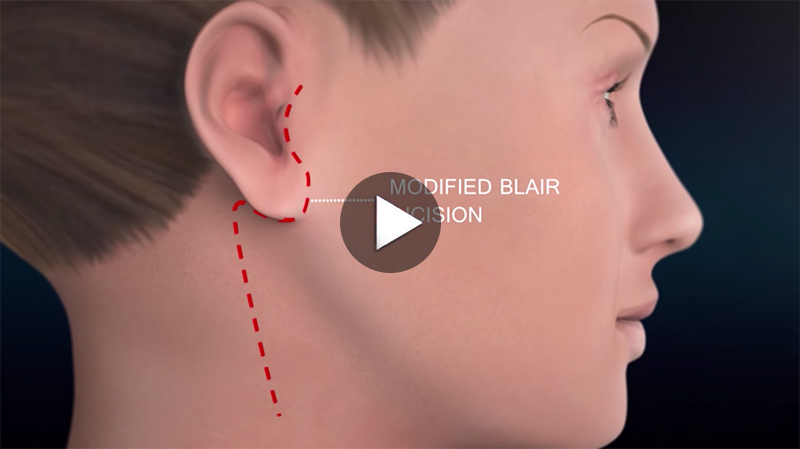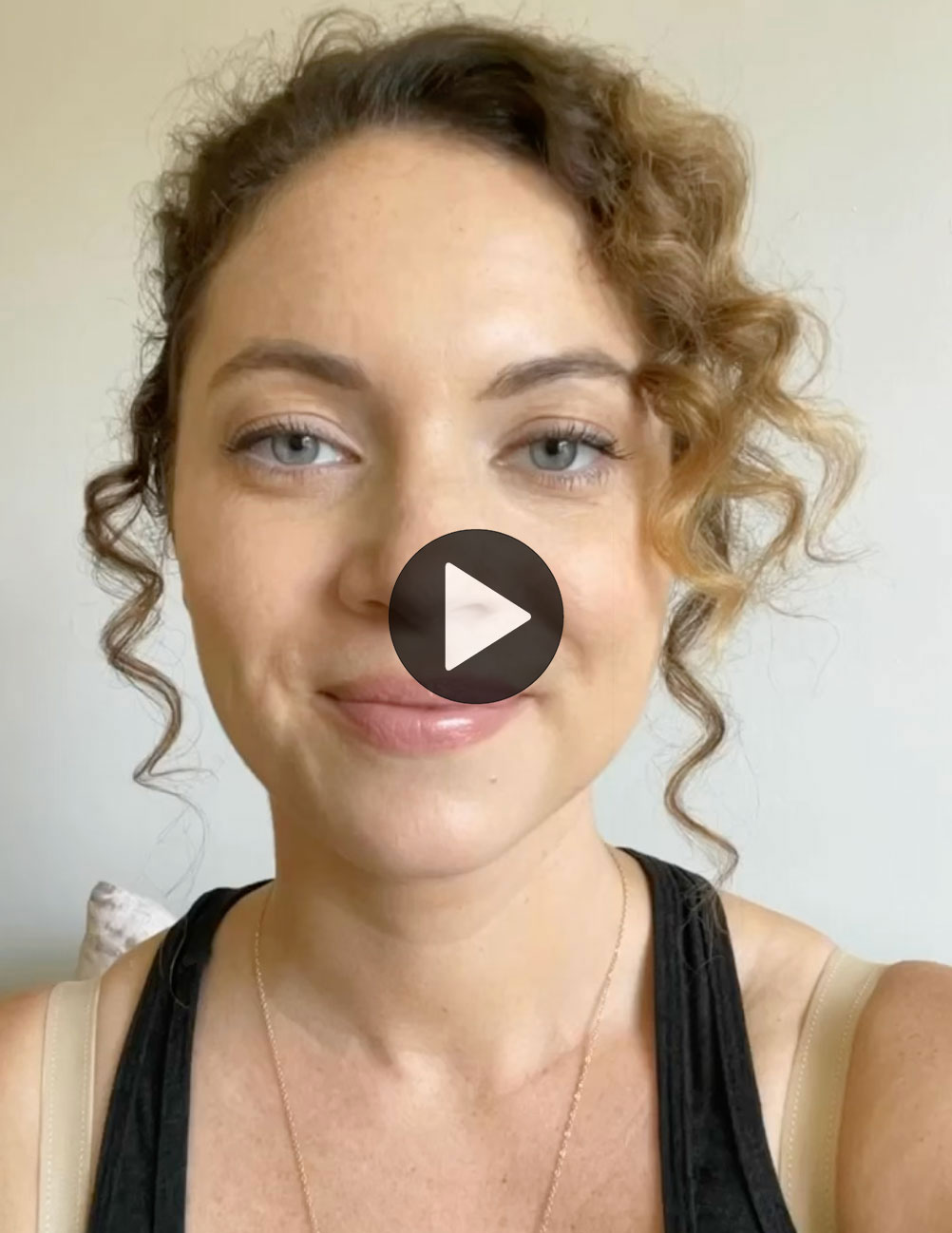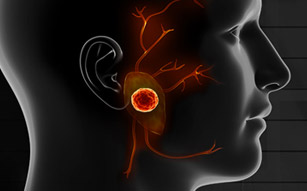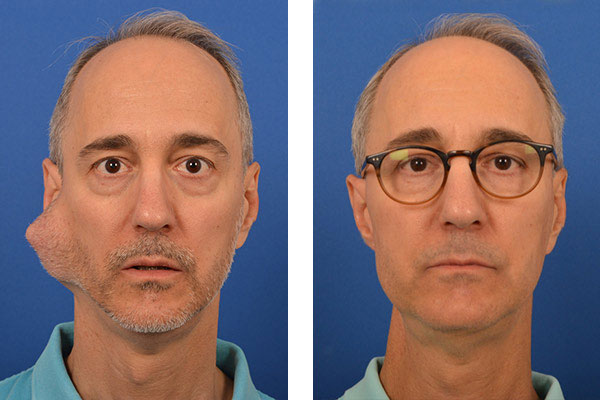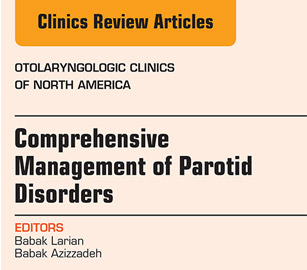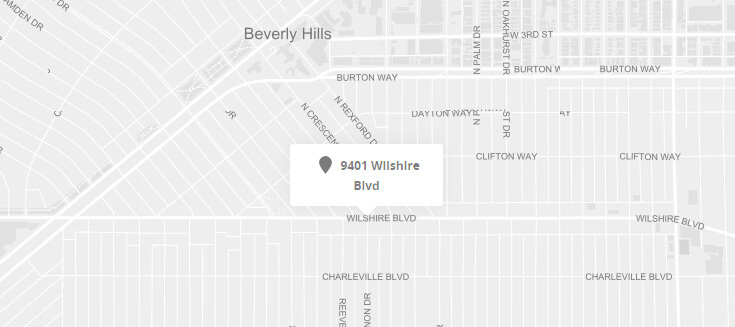During the first week after surgery patients feel well when they wake up in the morning but find that they get tired very easily. After doing minor tasks, they find that they get extremely tired and need to rest or sleep. This is very normal as your body is using all the extra energy and resources for healing.
Surgery after-care & timeline
Incision care after surgery
Antibiotic ointment (Neosporin, polysporin, bacitracin) purchased over the counter, should be put on the incision, twice a day, for the first 10 days, followed by Vitamin E ointment (twice a day) and sunblock (in AM) for the next 2 months. You might notice bruising, swelling and hardness around your incision. This hardness will peak at about 3 weeks and will disappear over the next 2 to 3 months. Firm massaging of the scar starting 2 weeks after surgery will help.
How to take care of your Drain
If a drain is used, it usually can be removed once there is less then 25cc of fluid in it over a 24- hour period. The drain should be emptied at least twice a day and the amount recorded. This record should be brought to your first appointment. These small drains are not painful to remove.
The importance of replacing your dressing
The dressing wrap should be removed the day after the operation. After the first day, an Ace Wrap or a special tight parotid wrap should be wrapped around the head tightly to help reduce swelling, especially at nights, for the next two weeks. This will help keep the swelling at the area of surgery down.
Sleeping with proper support is essential to the healing process
In the first month after surgery it is best to sleep with 2-3 pillows, because the head being elevated a little bit helps bring down the swelling faster. But not use too many pillows that would stop from sleeping well. Sleep is very important for healing. If you happen to sleep on the side of surgery, it wont cause any harm. However, this rarely happens, because there is some pain when there is pressure on the area of surgery as you lay on that side.
Recovery Time might be sooner than you think
The following timeline is an approximation, and will be different for each person.
- After surgery, will be in the recover room from 1-2 hours.
- The nurses in the recovery room will give you and your family instructions on how to take care of the drain and dressing.
- The first night sleep with the dressing on, and on 2-3 pillows. It is not unusual for the dressing to gets slightly stained with blood.
- FIRST MORNING – 1. Remove the dressing or wrap from around your head. 2. Measure the content of the drain bulb (to be done twice a day until the drain is removed.) This liquid is usually very red as it is mostly blood. 3. Clean the area of the incision with Q-tips soaked in peroxide, to remove the small blood clots. 4. Afterwards, apply antibiotic ointment. You may use peroxide anytime you see clots or crusting at the incision, this does not need to be done every time. 5. After putting the ointment on, place a gauze over the area of the incision and surgery and then place the Ace-Wrap or parotid wrap on tightly.
- FIRST DAY – You will notice the impression of the drain right under the skin from behind the ear to the front, which looks like a line of swelling. Be assured this area will flatten out once the drain is removed. You may also notice some folding of the skin below the incison, that happens because the skin gets stretched during surgery; this will also resolve in the following several weeks as the skin tightens up and goes back to it’s normal form. There will be numbness around the lower part of the ear and the skin of the face & neck around the ear.
- SECOND & THIRD DAY – You may notice more swelling in the area of surgery on these days. The amount of fluid coming in the drains should become less and the liquid should be less red.
- FOURTH DAY – Usually, the drain is removed on this day, unless there is more then 25cc of liquid still coming out of the drain in the previous 24 hours. If the drainage is more then 25cc then the drain is kept in longer.
- SIXTH or SEVENTH DAY – The sutures in front of the ear are removed at this point. The sutures behind the ear are usually absorbable and will fall off on their own. The skin may get a little yellowish because the fluid under the surface is being absorbed and cause this color change. The skin color will return to normal in the following two weeks.
May return to work anywhere between 10-14 days after surgery.
May return to exercise in 3-4 weeks.
- DAY 10 – Energy levels are improving and you wont need to rest as much.
- TWO WEEKS – The swelling in front of the ear will have subsided to the point that you will be the only person who can tell there is still swelling, but others wont notice it.
- ONE MONTH – The skin folds behind ear will start to diminish and should disappear in the following month.
Parotid Surgery Animation
PAROTID SURGERY FAQ’s
If you need parotid surgery, it is important to know what to expect. The following are some of the most frequently asked questions:
How long will I be hospitalized?
Most patients are released to go home after surgery. In rare cases, when the patient has other medical issues or in elderly they may stay in the hospital overnight.
What type of anesthesia will I have?
General anesthesia is used in all cases. With general anesthesia you are completely asleep during the operation. If local anesthesia is used then the facial nerve cannot be monitored as it will be anesthetized.
Do you use the facial nerve monitor?
Yes, the facial nerve monitor is used in all cases. It monitors the activity of the nerve and tells us if the nerve is being irritated or damaged during surgery.
Where is the incision?
The minimally invasive approach is used in most cases (except in large tumors or if the neck lymph nodes are involved and have to be removed). This is called Micro-Incision because it is well hidden in and behind the ear. When the tumor is large the face-lift incision is used.
How is the reconstruction done?
A portion of the muscle in your neck just beneath your ear is used to reconstruct the dived that is left from removal of the parotid gland. This does not cause any change in the movement of the neck. In a minority of cases, when the dived is too large for muscle alone, a special material called Alloderm® is used to help fill in the defect. Alloderm® is made up of cadaver skin that is processed and only has the fibers/proteins of skin as opposed to any live components.
Will I have a drain placed during the operation?
Yes. A plastic tube is placed under the skin to remove all extra fluid; this is done so that the fluid does not accumulate and interfere with healing.
Will I have stitches?
Absorbable stitches are used under the surface that do not need to be removed. On the top layer the sutures are removed 5 days after surgery.
Will I have any physical restrictions after surgery?
Swimming is the only major restriction. In general, your activity level depends on the amount of discomfort you experience. Many patients have resumed golf or tennis 2 weeks after the operation. Most patients are able to return to work within the first two weeks, and you are able to drive as soon as your head can be turned comfortably (this limitation is for driver safety).
Is it safe to have a face-lift at the same time?
Often, there is excess skin due to the tumor stretching the skin; it will be trimmed as in a face-lift. At times, we have to lift the other side of the face to create an exact match between the two sides. So if the patient is considering a face-lift, this is the ideal to time to do it. A face-lift later on after this operation is a lot more risky.
Will I have pain after the operation?
All operations involve some pain and discomfort. Our goal is to minimize this discomfort. Although you should be able to eat and drink normally, the main complaint is pain with swallowing. Most patients take Tylenol® to keep them comfortable at home, although patients are given Vicodin.
What are the complications unique to parotid surgery?In 10% cases there is weakness of one or more branches of the facial nerve; this is temporary and will resolve within a few weeks. The chance of a permanent paralysis is much lower (in our experience less than 0.5%). In cases where there is a cancer in the gland the chance can be higher depending on type and extent of cancer.
Numbness around the ear, especially the ear lobe, can occur if the nerve to the ear skin passes in the area of surgery. In most cases this nerve is preserved and protected, but still numbness is possible.
Frey’s syndrome or sweating on the side of the face while eating is a possibility, although because we reconstruct the patient’s face at the same time this has never been an issue.
All these possible complications are directly related to the operative experience of the surgeon. Although the risk of these complications cannot be eliminated entirely, they can certainly be minimized in the hands of an experienced parotid surgeon.
Additional Questions About Parotid Surgery?
If you have additional questions for Dr. Larian regarding your pending parotid surgery, please contact the CENTER for Advanced Parotid Surgery in Los Angeles today by calling (310) 461-0300. As a world-renowned parotid gland expert, Dr. Larian takes every possible precaution to ensure that his patients receive the best care and outcomes possible. For more information, contact the CENTER today.
Next, see our photo gallery.










